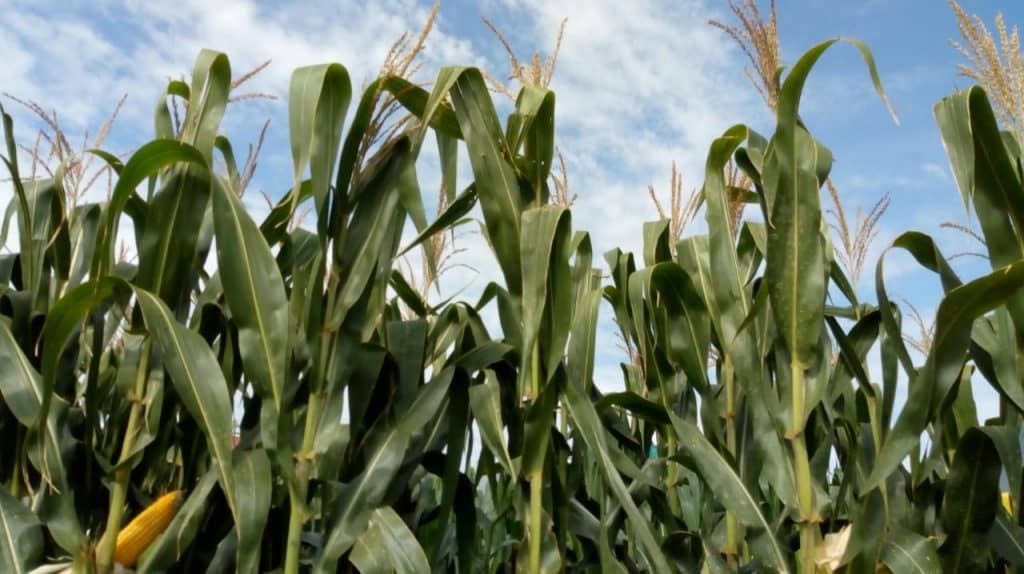Porto Alegre, March 7, 2022 – Amid the new international scenario, corn exports have been the big surprise at the beginning of March. We have warned about the international increase and the possibility that unmet demands in the foreign market by Ukraine and Russia could bring additional demand for exporters in the Americas. The surprise is that this demand fell aggressively in Brazil at the beginning of the month. It is estimated that close to 700 thousand tons were traded in the week for Brazilian exports, with shipments in March, April, and May. Why, if the picture for the first semester would be tight to the point of leading to forecasts for supply difficulties and even some imports, the surge in exports brought a new worrying impact. Corn lots that would meet demand until July are being sold, and the international high made imports unfeasible. Now demand will need to be adjusted internally, and assessments about the climate in the second crop gain more relevance.
The domestic corn market had a shorter week but with a sudden change in its price pattern. Domestic consumers were with the proposal to extend domestic availability until the beginning of the second crop in the best possible way, taking advantage of the regional harvest, holding over-the-counter and buy prices, and evaluating whether at some point it would be possible to import from Argentina. Brazilian producers were also contributing to this alignment of consumers, that is, choosing to sell corn and retain soybeans, apparently with a greater chance of future hikes.
As already evaluated, the Russian invasion changed the international environment. New immediate demand has emerged from countries that imported from Ukraine, such as Egypt, Spain and all of Europe, South Korea, and many others. There is no sign that China is in this package of importers at this first moment, despite having strong volumes of corn to be received from Ukraine. And this demand came to Brazil due to the availability of short-term shipments, that is, March/April and May, a difficult situation in the United States. Argentina’s crop only hits the market from April onwards, and prices jumped to USD 350/FOB.
So, the trading companies installed in Brazil saw space at ports for April and May in the southern ports of the country due to the lower volume of soybeans scheduled for the coming weeks because of the crop failure. Space at the port and international demand led to higher premiums and an avalanche of domestic purchases. It is estimated that nearly 700 thousand tons were acquired by trading companies last week at prices that started at BRL 106 in Paranaguá to BRL 113 at the end of the week. And that does not involve the second crop (for July onward), but physical corn. Naturally, the market has changed radically and once again surprised the consumer market. As there is interest in selling corn and holding soybeans, higher prices attracted sellers, and the market advanced.
Premiums rose a lot in this environment of global demand, including the second crop, with port prices jumping to BRL 92/95 for Aug/Sep. The rains returned for the second crop in the most critical regions of Paraná, Mato Grosso do Sul, and Paraguay. They were not uniform last week, but enough for the planting move on. The rise in wheat and the scarcity of rainfall in these two states has been a combination that may lead producers to give up corn in favor of wheat this winter. Nearly 50% of the area will be planted in March in these two states, and producers are afraid of further losses.
In the other states, the second crop planting is advancing regularly, possibly in the final stretch in Mato Grosso this week. Thus, it cannot be said that the Brazilian production of the second crop corn has a pessimistic tone. Of course, La Nina years are always more delicate, and the fact that 50% of Paraná’s area are to be planted in March puts part of the area at risk of frost in June. Situations that are not new and create tension every year.
Agência SAFRAS Latam
Copyright 2022 – Grupo CMA

